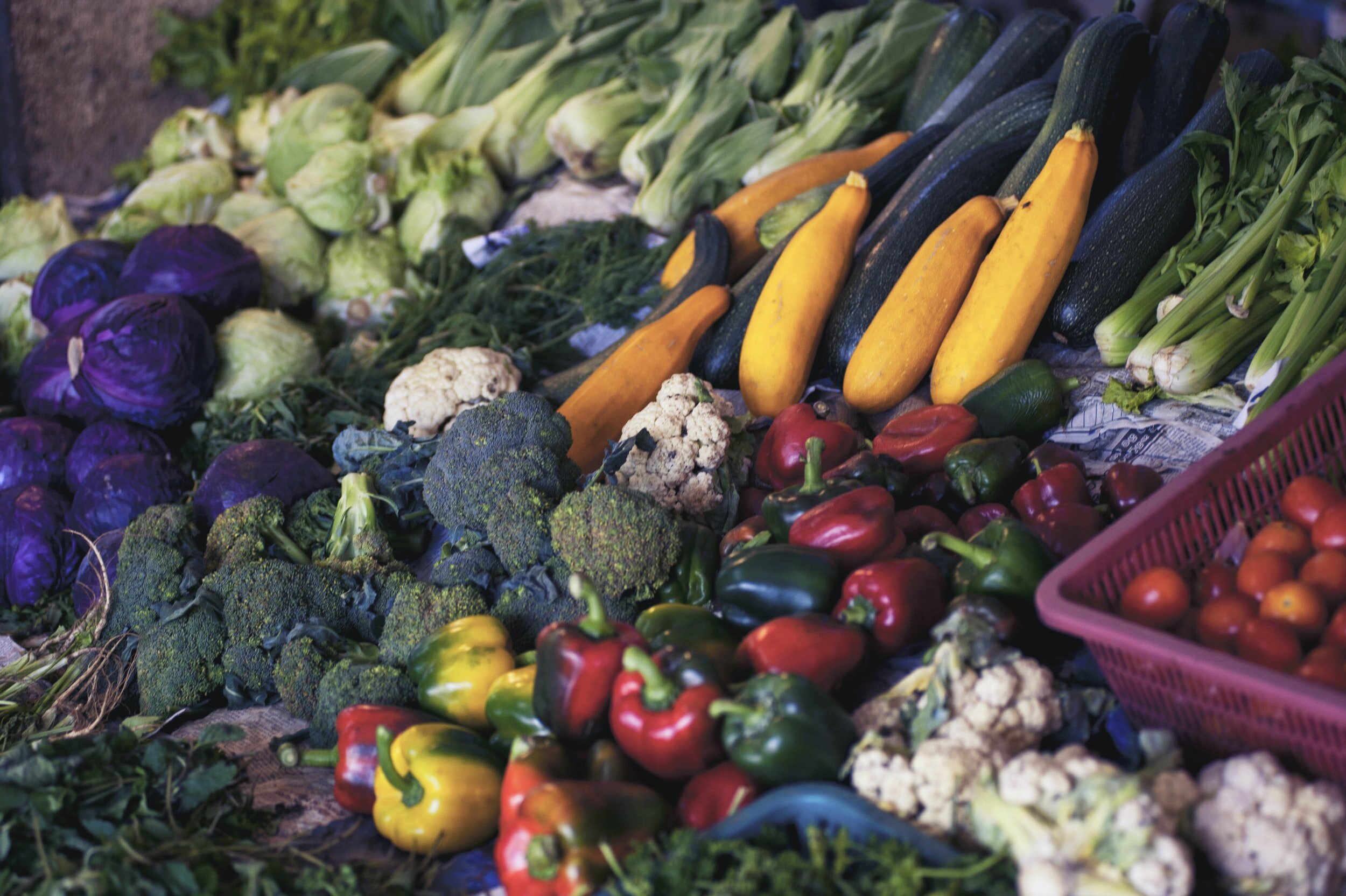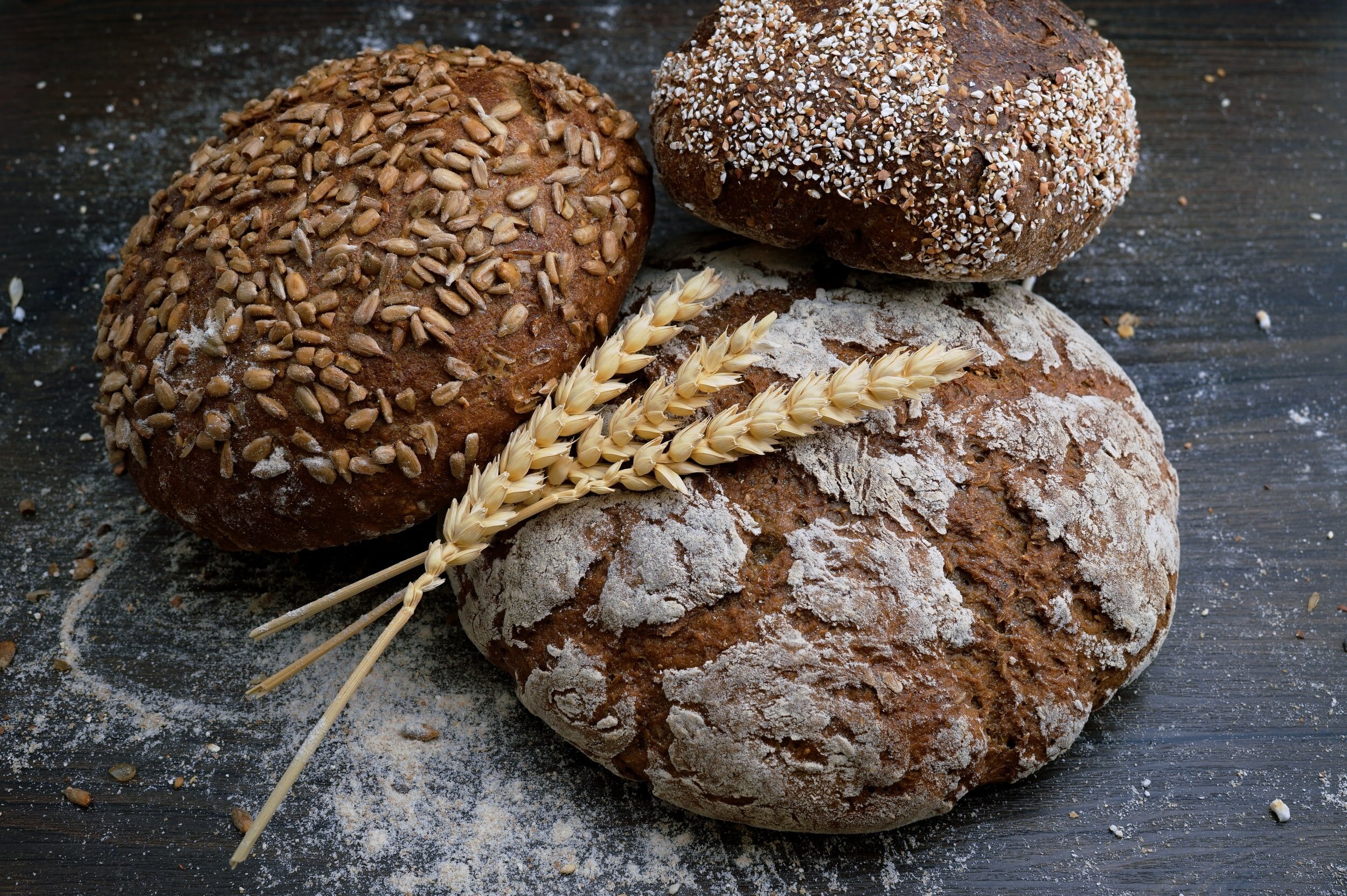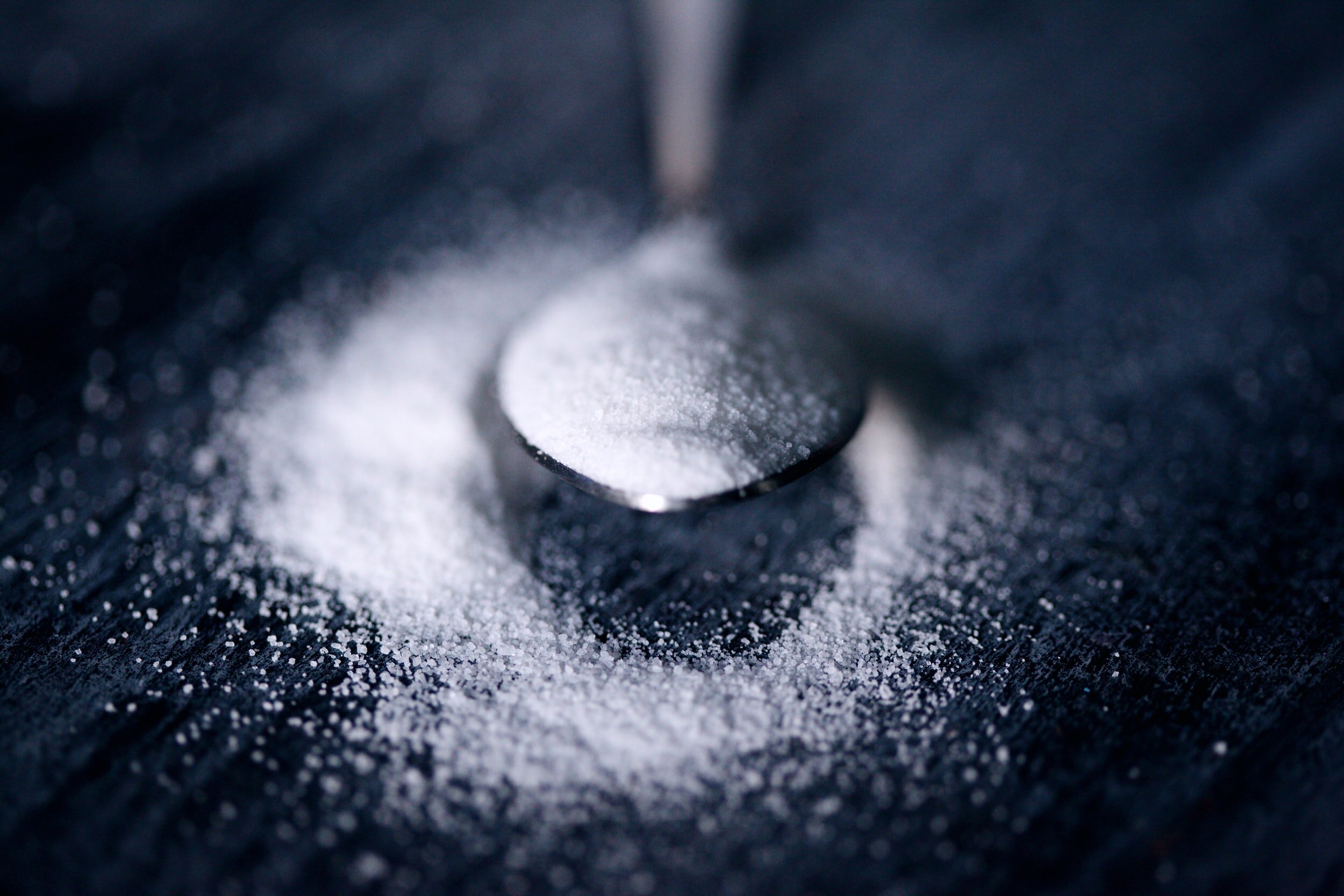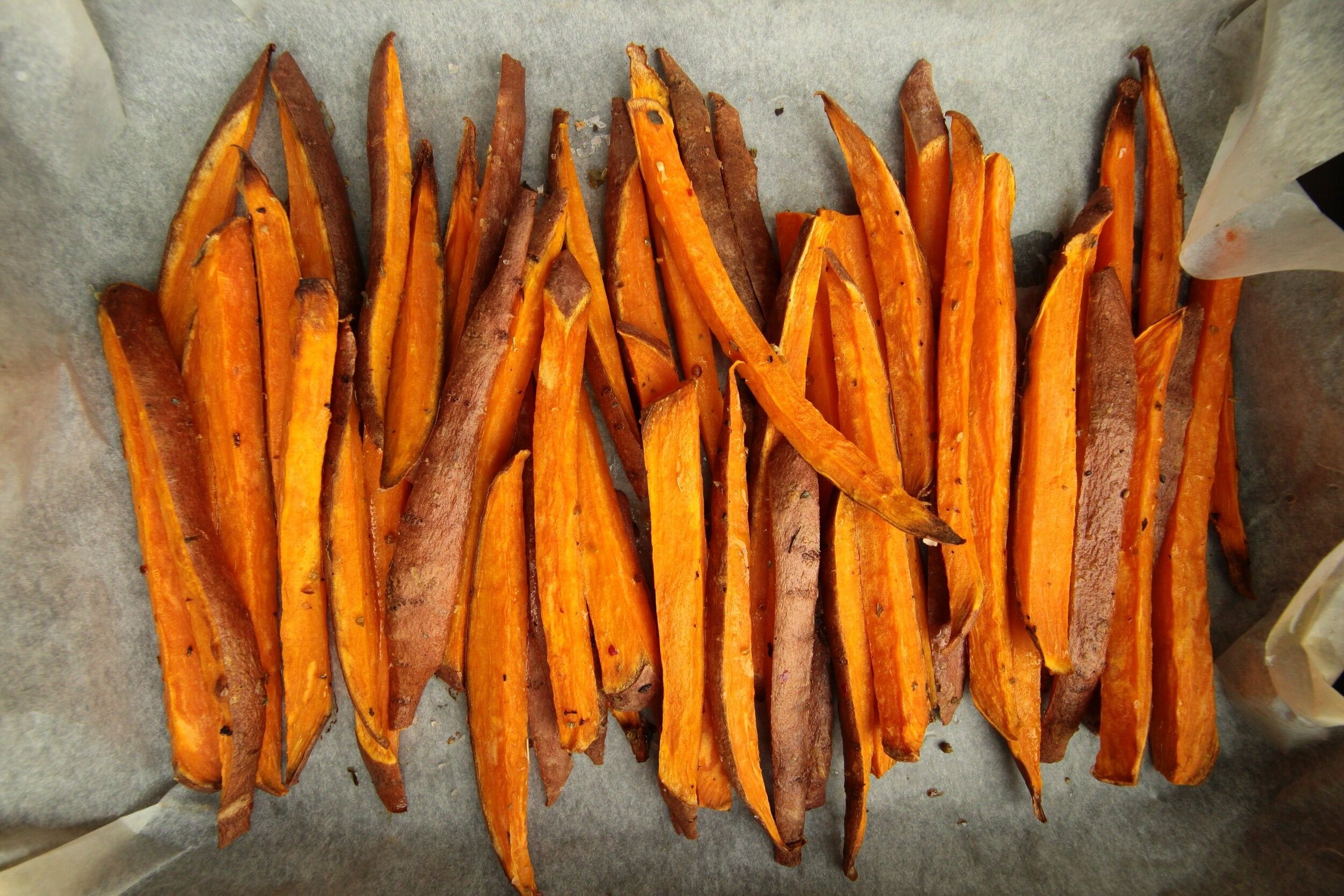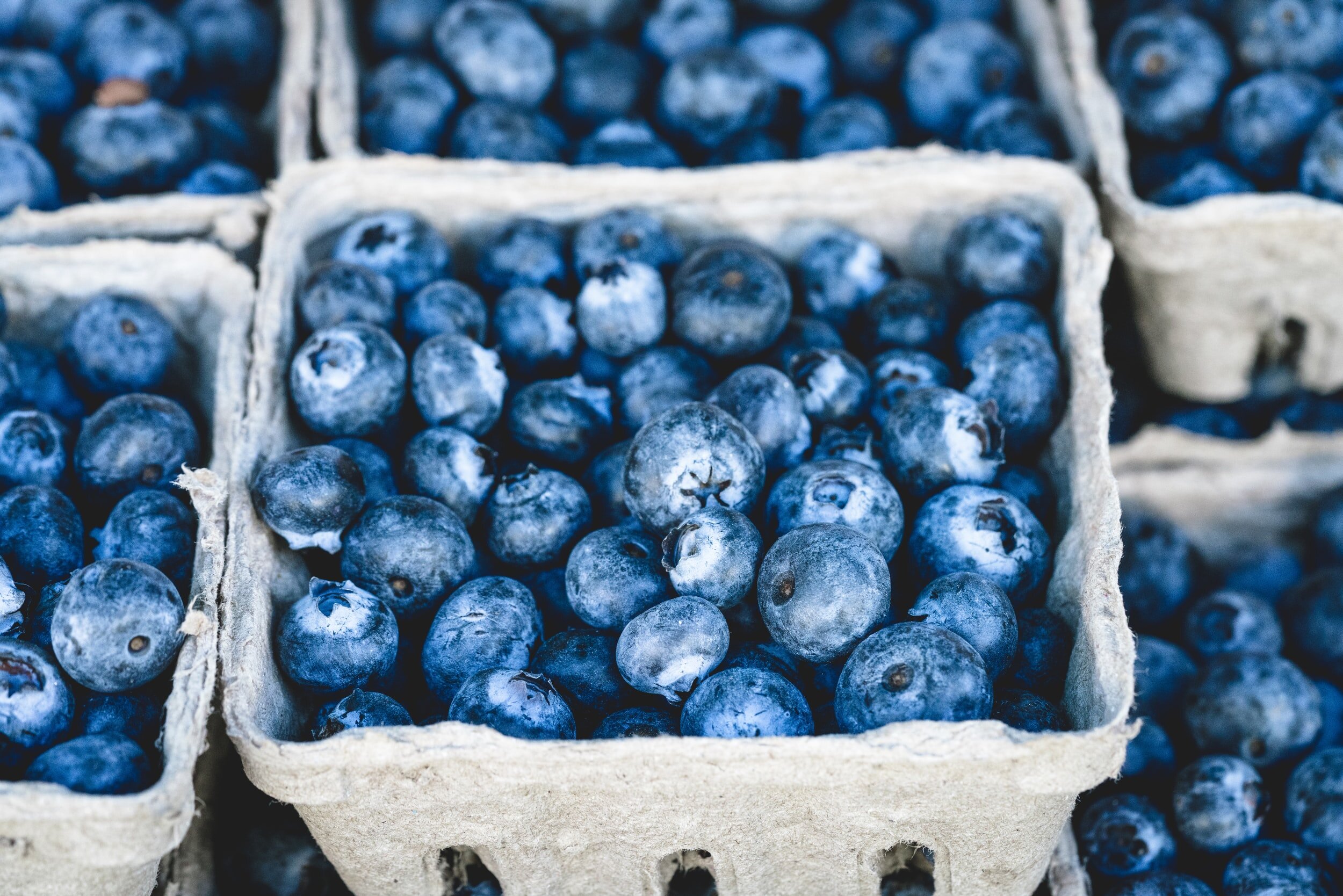Eating for IBD: Top Tips
“So what CAN you eat? What’s left?” is the question I am always faced with when I mention that, due to having IBD, I avoid gluten, dairy, and refined sugar, as well as a smattering of other individual foods which I personally find challenging. It makes me sad that people forget and underestimate all the other great food that is out there, to the extent that the idea of going without bread, cereal, cheese and sweets means that there will be nothing else to eat.
Since I was diagnosed almost 20 years ago, I have had my share of ups and downs. Yet one thing has remained constant: when I neglect my diet, even if I am doing everything else right, I am never as well as I can be unless and until I bring diet into the equation. At my very first appointment with a functional medicine specialist I was told that yes, they could help me, with a supporting program involving vitamin IVs, a supplement protocol, and a gentle detoxing programme, but the main work and effort was entirely down to me: my diet and how committed I was to changing to an ‘eating for health’ approach.
This is both a daunting and empowering realisation. Whatever stage of your health journey you may be at, changing your diet for the better can only help you. But before you do, here are a few important points to keep in mind when eating for IBD:
Slow and steady wins the race
It’s not a quick fix – you need to be in it for the long haul. The longer you have had active IBD, the longer it can take to improve. Be patient. Improvements will happen, but don’t rest on your laurels. Stick with it.
Glass half full
Adjust your mindset – if you look at it as a negative experience full of deprivation and longing/mourning for foods you have removed, then this is exactly what it will be, making it so much harder to stick with. Instead, think of it as a form of self-empowerment, where you are taking control and playing an active and positive role in your own health.
Focusing on the addition of healthy foods is also a good way to approach this from a psychological standpoint. If you focus on the things you are removing, then you are focusing on a negative. Instead, choose to apply your attention and efforts to the things you are adding – how they can help you, how they are creating the optimum conditions for your body’s natural in-built healing mechanisms to kick in, and very importantly, how you can play around with these ingredients to create delicious meals to keep things interesting.
No one-size-fits-all
There is no one magic IBD diet – there are a ton of regimes out there, each claiming they can help heal x, y and z, including IBD. Yet the reason there are so many conflicting theories is because there is no one-size-fits-all: different things work for different people and at different stages of their disease. There is no easy way around this, you need to experiment. Keep a food diary, monitor what you eat and how you feel, and create your own personalised healing diet.
Fluids are your friends
Embrace the power of liquids – both in terms of ensuring you are drinking plenty of water to keep you hydrated, with the addition of gut-soothing teas (like chamomile, lemon balm, lime blossom and marshmallow root), but also in terms of liquid nutrition. Soups and smoothies are great for IBD, especially during a flare, as the food is already broken down before it hits the digestive system and so will not overburden it. This is also an excellent way to include foods which may give you some trouble in their whole or raw form.
Keep it real
In the words of Kris Carr, “if it’s made in the lab then it takes a lab to digest”[1] – stick to eating real, whole, unprocessed food which is easy to digest, low in irritants and allergens, nutrient-dense, anti-inflammatory, and most importantly, tailored to your own symptoms and personal tolerances.
A twofold approach
This brings us to the key point: removing the ‘bad’ stuff is not enough. It’s a brilliant start, but it’s only half the job. Instead, we need to look at eating for IBD as having two key components –
(1) The removal of irritating/harmful foods and substances so as not to further irritate the inflamed bowel; and
(2) The inclusion of healing foods to support the immune system and provide the gut with the nutrients it needs so as to facilitate repair and normalisation of intestinal permeability and health.
3 key foods to cut out
Cow’s milk
The lactose, casein and whey in milk (and cow’s milk in particular) make it hard to digest and pro-inflammatory, which is why milk intolerance is a frequent problem in active IBD. Furthermore, milk forms mucus in the body, which coats the digestive tract, inhibiting the absorption of nutrients.
Easy swap: There are so many non-dairy milk options around now, you are spoiled for choice!
Paleo milk options: almond, cashew, coconut, hazelnut, hemp.
AIP milk options: coconut, tigernut (chufa).
Other: oat, rice, soy.
Wheat
Wheat contains gluten: a sticky, hard-to-digest protein that can cause inflammation in the intestinal tract and has been determined to play a role in autoimmunity by ‘molecular mimicry’. Many other grains also contain gluten, but as wheat is by far the most common, eliminating it is a great starting point.
Easy swap: Gluten- and wheat-free versions of most products are readily available, but where possible, it’s best to avoid over-reliance on such processed products and instead make your own alternative flour mixes.
Depending on what you want to make, you can choose from: coconut flour, almond flour, oat flour, buckwheat flour, rice flour and more, or various combinations of these.
Refined sugar
In addition to feeding the imbalance of gut flora, thus contributing to pathogenic (ie bad) bacterial overgrowth, sugar is also pro-inflammatory and compromises immune function.
Easy swap: Coconut sugar is a great alternative, is not as processed and even contains small amounts of certain nutrients. It’s also a simple 1:1 swap in most recipes.
3 key foods to include
Sweet Potato
The phytonutrients and carotenoid content of sweet potato have wonderful anti-inflammatory properties. There is also evidence of high tolerance and beneficial responses in IBD patients.
Try it: Sweet Potato Hash
Turmeric
A powerful anti-inflammatory: the curcuminoids in turmeric can interrupt the production of pro-inflammatory communication compounds, thus reducing inflammation that is already active. There is also evidence that turmeric has pharmacologic benefits for IBD patients, and can help improve IBD symptoms. For more on this wonder spice, click here.
Try it: Turmeric Latte · Turmeric Chicken
Blueberries
High in antioxidants, blueberries help combat cellular damage and inhibit inflammation-promoting enzymes, while their polyphenol content has recognised anti-inflammatory effects. Their quercetin content supports healthy bacterial growth in the gut and prevents colon damage.
The above suggestions are intended as a starting point for anyone looking to help their gut through diet, and by no means do they form an exhaustive list. While personal tolerances and tastes should always be taken into account, these are some essentials to get you started. Furthermore, each individual ingredient, and its properties, merits further discussion and explanation, but the place for that is not in this particular post - so stay tuned!
[1] Kris Carr, “Hungry for Change”, www.FMTV.com

